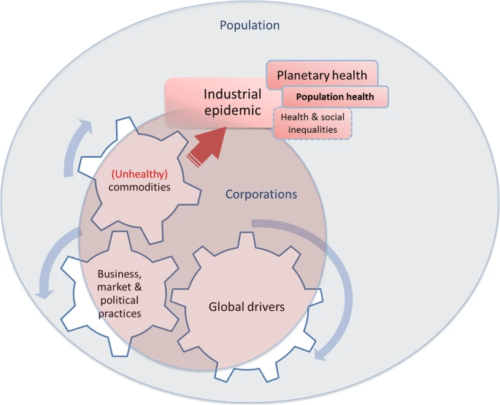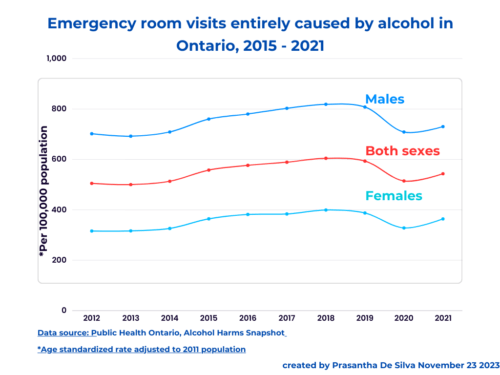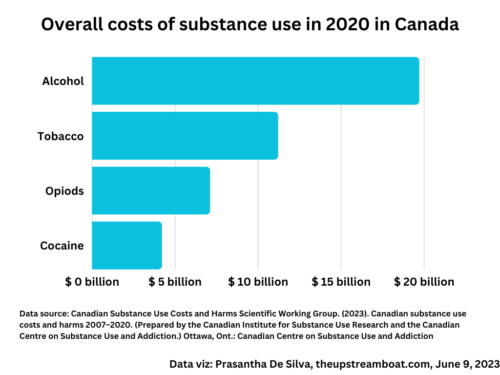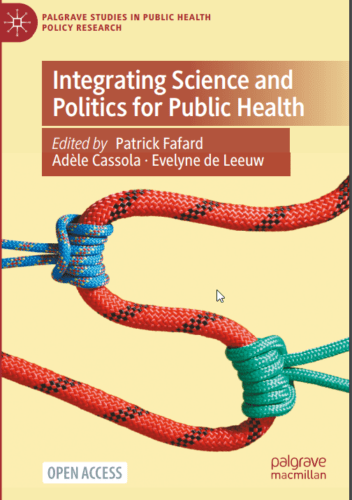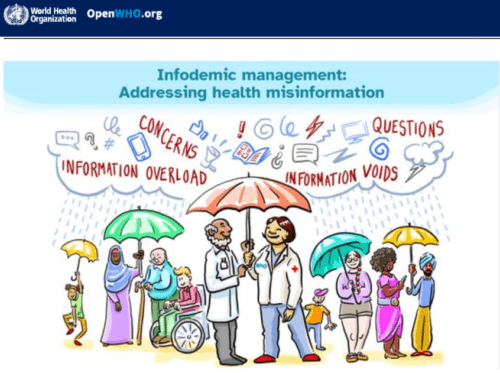Traditionally, public health practitioners focus on changing individual behaviour and lifestyles. Anyone can understand it easily by looking at public health messages. For example, think about this message:

This was the dominant narrative in the 70s and 80s.
Now, it has begun to change. People are asking this question: What is the point of knowing what healthy foods are if we cannot access them and if healthy foods are not available, first of all?
Then, invariably, one will ask the next logical question.
Why healthy foods are not available?
As soon as one asks these questions, we begin to sail upstream to deal with economic (commercial determinants of health); in short CDoH.
This post is about that.
What is the economic (commercial) determinant of health (CDoH)?
Commercial determinants of health shape the social determinants of health. They have both beneficial and detrimental impacts on our health and well-being. The evidence base about how exactly commercial determinants operate is growing rapidly. And, governments are taking action as well. Not surprisingly, powerful companies are taking action against it also.
In 2012, David Stuckler et al produced convincing evidence of how unhealthy products were spreading globally; their article has a catchy title: “Manufacturing epidemics”. They found a very startling global disparity:
“Unhealthy commodities (soft drinks, processed foods high in salt, fat, and sugar, alcohol and tobacco) are spreading fastest in low-middle income countries while there is no growth in high-income countries”.
Unhealthy commodities (soft drinks, processed foods high in fat, salt, and sugar), alcohol, and tobacco) are spreading fastest in low-middle income countries, while there is no growth in high-income countries.
David Stuckler et al; Manufacturing epidemics, 2012, PLOS Medicine
The following two maps reveal contrasting differences increase of soft drinks and processed foods in low-middle-income countries. The maps were taken from David Stuckler et al paper. They have also found evidence that free trade agreements with the US have increased soft drink consumption in the respective countries.
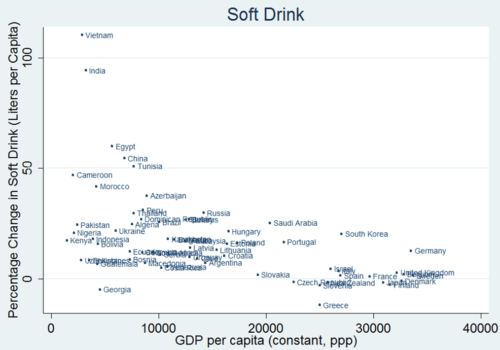

David Stuckler et al have made remarkable observations following their study. Those include;
- Growth of snacks, soft drinks, and processed foods is fastest in low-middle-income countries while no growth is expected in high-income countries.
- The pace of consumption of unhealthy commodities is projected faster than what occurred in high-income countries in the past.
- There was a moderately strong correlation between the growth of consumption of soft drinks and processed foods with alcohol and tobacco use.
- Foreign direct investment increases the risk of consumption of unhealthy commodities in low-middle-income countries.
However, the world is moving upstream fast armed with decades of experience battling with mighty tobacco companies: Banning advertisements, sales to minors, smoking in public places etc.
How do the commercial determinants operate?
in 2016, Ilona Kickbusch et al. presented the following framework in The Lancet to explain this based on the evidence.
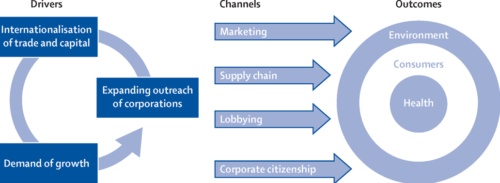
In 2020, Melissa Mialon presented an overview after reviewing the literature on this subject. She summarises the overview under three headings;
- Production of unhealthy commodities,
- The use of harmful business, market, and political practices,
- Global drivers of ill-health
The 2022 book edited by Nason Maani, Mark Petticrew, and Sandro Galea details how the commercial determinants of health impact our health. It includes six sections;
- Section 1: Why Commercial Determinants
- Section 2: How commercial determinants shape upstream drivers of health
- Section 3: Case studies by industry
- Section 4: Cross-industry mechanisms
- Section 5: Advancing science
- Section 6: A way forward
Kelly Lee et al. 2022 proposed a framework to measure commercial determinants of health.
The world is sailing upstream to address these determinants. The most popular one is banning tobacco products in advertisements, sale to minors, and smoking in public places. Following are several other areas in which countries have taken action.
- The United Kingdom has banned advertising junk foods online and before 9.00 p.m. on television by 2023.
- About 50 countries have introduced a tax on sugary soft drinks.
The WHO has initiated working on economics and commercial determinants of health with the following four goals;
- Strengthening the evidence base,
- Developing the tools and capacity to address the commercial determinants,
- Convene partnerships and dialogue,
- Raising awareness and advocacy.
What are they?https://www.who.int/news-room/fact-sheets/detail/commercial-determinants-of-health
Several upstream approaches are taken by governments as reported by the WHO.
- Twenty-nine countries (12 per cent of the world population) health passed a comprehensive ban on tobacco advertising.
- The UK banned junk food advertising online and before 9.00 p.m. on television in 2023.
- Fifty countries introduced a tax on sugary soft drinks.
A systems approach is required
This group of researchers have found clear strategies that unhealthy commodity industries use to shape evidence, change narratives, and frame messages to advance their business interests. They have also found consistent evidence of business links between such industries and government agencies. It allows those industries to engage in policy-making forums.
Further reading:
https://www.thelancet.com/journals/lancet/article/PIIS0140-6736(23)00013-2/fulltext#seccestitle30
https://www.thelancet.com/journals/lancet/article/PIIS0140-6736(23)00012-0/fulltext
https://www.thelancet.com/journals/lancet/article/PIIS0140-6736(23)00011-9/fulltext
https://gh.bmj.com/content/bmjgh/6/2/e003543.full.pdf
Framing commercial determinants of health:
https://www.youtube.com/watch?v=JJNt1ZXGVEw
